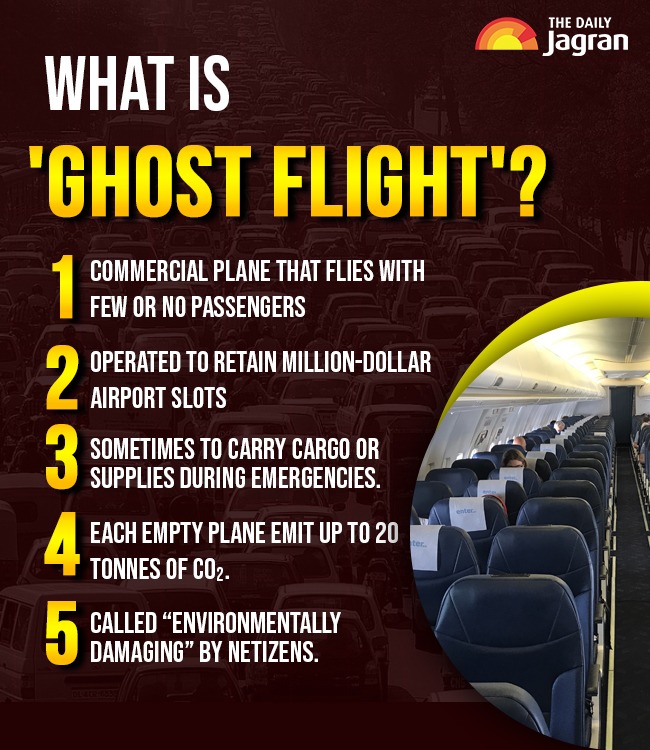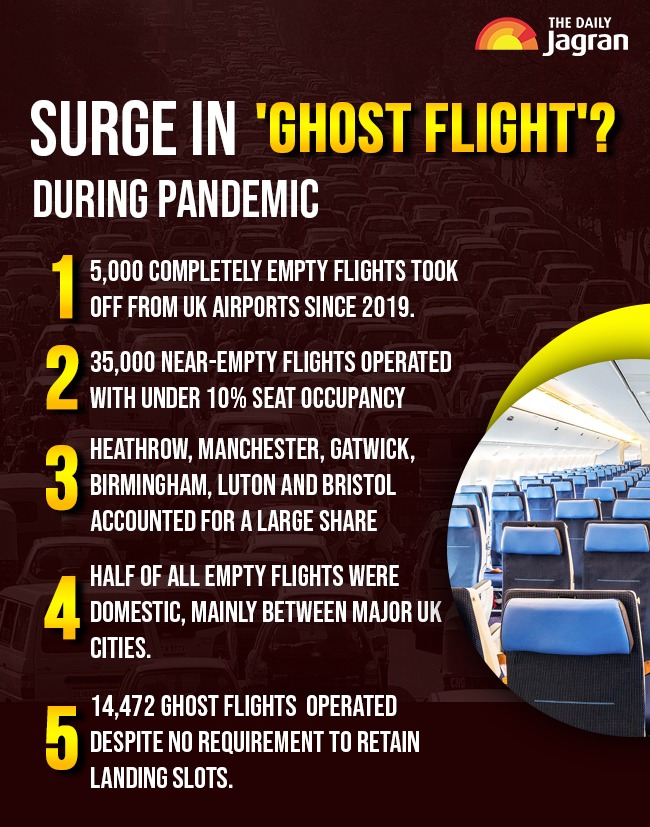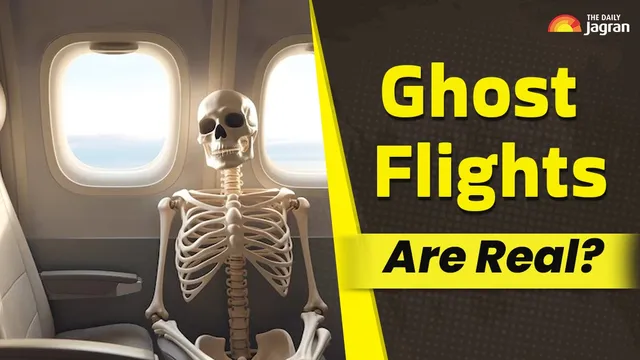- By Supratik Das
- Sat, 11 Oct 2025 06:08 PM (IST)
- Source:JND
Interesting facts from around the world: "Ghost flights," a term that sounds like something out of a horror film are all too real and still ghosting over international skies. These are commercial aircraft flying with few or even zero passengers, often due to strict airport slot rules and operational requirements. Despite the global focus on cutting carbon emissions, thousands of these nearly empty planes still take off every year.
As per The Guardian, over 5,000 fully empty flights took off to or landed from UK airports since 2019. Another 35,000 flew with fewer than 10 per cent of the seats occupied, making the total number of "ghost flights" almost 40,000 in three years. As shown by UK's Civil Aviation Authority (CAA) data, even amid and after the pandemic, these flights continued at a consistent rate.
What Are 'Ghost Flights'?
Ghost flights are standard commercial paths that airlines fly even without passengers. The main reason is the "use-it-or-lose-it" rule, which requires airlines to operate at least 80 per cent of their scheduled slots to retain them for future seasons. Though these slot rules were suspended during the pandemic, many airlines continued flying near-empty planes.
In Europe, the European Commission applies identical slot usage legislation, and in the United States, the Federal Aviation Administration (FAA) possesses a similar policy. These regulations aim at fair competition but have been criticized by opponents for developing an environmental nightmare.

Social Media Reactions
CAA statistics indicate a monthly average of 130 nearly empty flights since 2019. The busiest airports, such as Birmingham, Luton, Bristol, Heathrow, and Manchester, have reported the most. Shockingly, Heathrow alone in one quarter had more than 600 near-empty flights to and from the United States.

Netizens have deemed the finding "shocking." Tim Johnson of the Aviation Environment Federation explained that the findings serve to demonstrate "how inefficient and polluting practices persist in the face of the climate crisis."
Air travel is still one of the most carbon-hungry activities, accounting for a minimum of 2.5 per cent of worldwide CO₂ emissions. Every unoccupied flight consumes thousands of gallons of fuel, spewing forth almost half a ton of carbon dioxide per seat even when no one's on it.
ALSO READ: Did You Know? Buying iPhone 17 Pro Takes 1,280 Hours Of Work In India But Just 32 In US
Airlines have dismissed intentionally operating empty flights to retain slots. Operational requirements, including positioning aircraft, crew preparation, or transporting necessary supplies amidst the pandemic, are cited by them. Heathrow Airport reports that numerous low-passenger flights were repurposed to cargo operations, moving medical equipment and PPE.
ALSO READ: Did You Know? Now Men Can Take Wife's Surname In This Country
So next time you glance up and spot a plane racing across the sky, there's a tiny but creepy possibility that not one passenger is on board.

